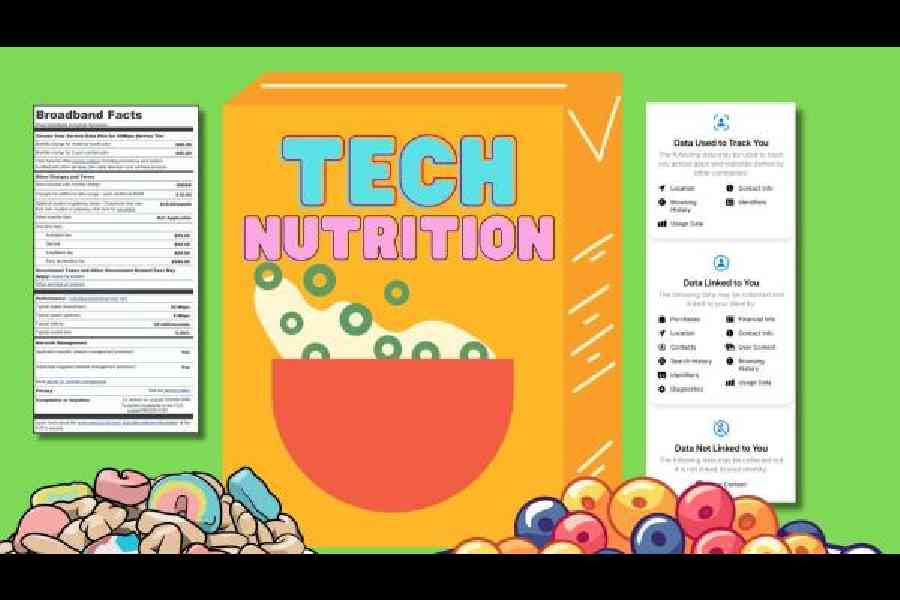The US Internet landscape took a turn for the better last week when the Federal Communications Commission made a standard list of information mandatory for all Internet service providers. It’s a bit like having a nutrition label and it’s just a matter of time before such labels are rolled out globally. Hang on, wasn’t Apple the first company to put out such labels for apps?
The label that will be coming with Internet services requires providers to put out certain information clearly, like the monthly cost, Internet speeds you should expect and extra fees for things like installation, renting a modem and taxes. There are loopholes but, overall, it’s the right step forward.
In 2020, Apple became among the early tech companies that made ‘labelling’ popular. The idea was to offer ‘privacy labels’. There are categories like Data Used to Track You, Data Linked to You, and Data Not Linked to You, with bullet points for each detailing what the app has going on under the hood. The idea of privacy labels go back to the early 2010s but Apple became one of the first big companies to implement it.
Two years later, Google launched its version of privacy-related ‘nutrition labels’ for apps. It also helped developers to show why they collect certain data so users can understand how the data is used, for example, app functionality and personalisation.
It’s interesting to see the US tech industry warming up to such labels now. In the 1950s and 1960s, the Food and Drug Administration (FDA) debated about a way to protect consumers from misinformation in health food markets. In 1990 that Congress passed the Nutrition Labeling and Education Act, which mandated that the FDA design a uniform nutrition label for all packaged foods.
At the moment, some policymakers and industry analysts are also lobbying for an ‘AI Nutrition Facts’ label to show how artificial intelligence systems create content. It will help consumers ask that important question: What’s the catch?











